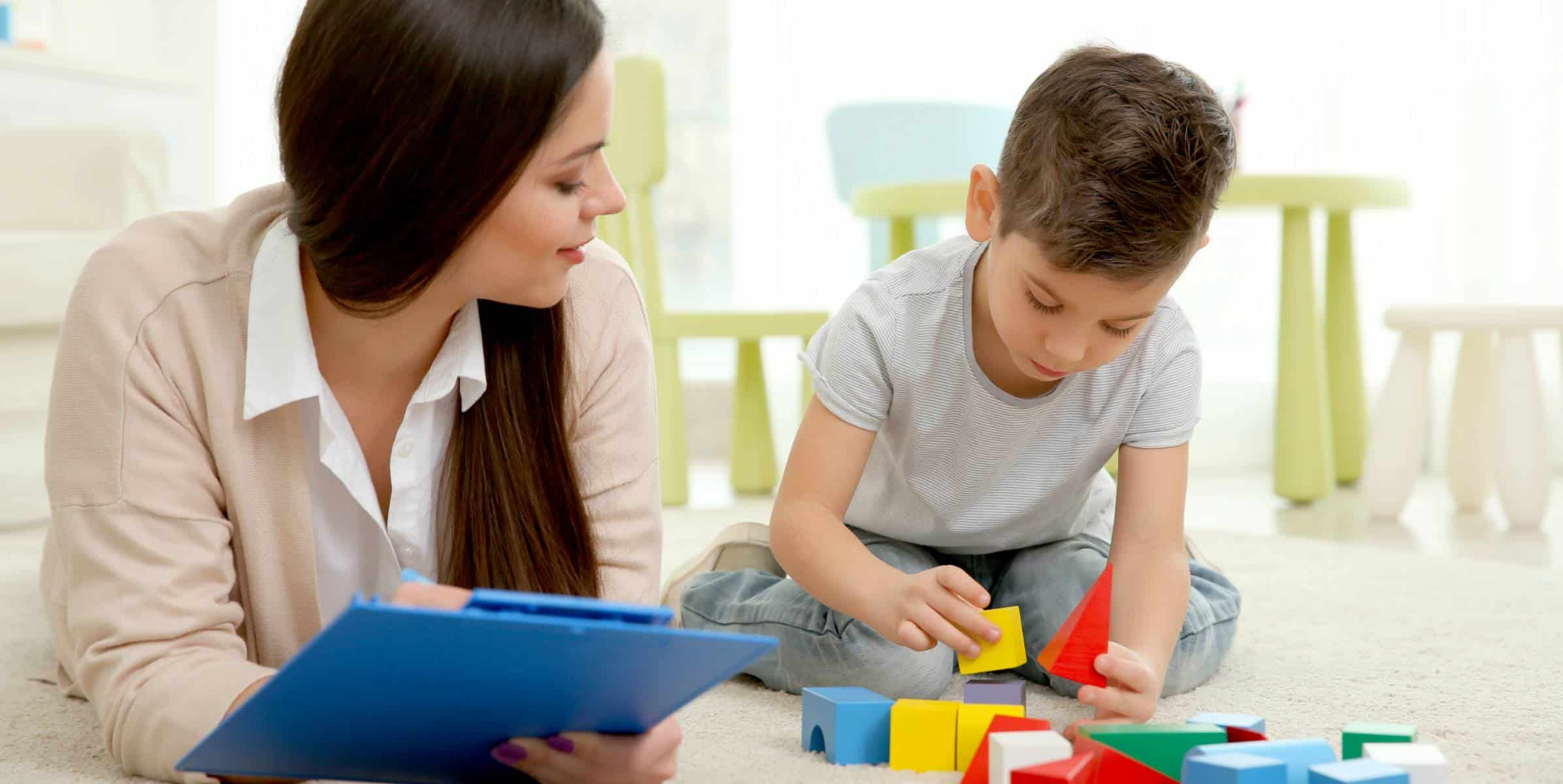Embarking on the path of ABA therapy presents unique challenges, whether your child’s diagnosis is recent or you’ve patiently waited for your turn. This comprehensive guide is designed to offer invaluable insights, enabling both you and your child to gain a clear understanding of what ABA therapy entails. Inside, you will find a curated collection of practical tips and essential information, empowering you to make well-informed preparations for the commencement of your child’s services.
The first step in knowing what to expect is identifying whether your child will be receiving ABA services in a clinic or in your own home. You may have the option to have home-based ABA services, or services in a clinic setting depending on what is available in your hometown and your child’s individual needs. The decision will be up to your family and the board-certified behavior analyst (BCBA) you are working with. There are pros and cons to both but the reward for either type of therapy will be seeing your child set goals and achieve them.
The hours available to your child will vary depending on several factors and can range from a few hours a week to upwards of 40 hours. The BCBA will decide this based on the unique needs and goals of your child and family.
To Prepare for ABA Therapy:
- If you have any questions about therapy or your therapeutic team, write them all down and ask your BCBA supervisor. It is important to feel comfortable with your child’s team as you and your family will be working closely together.
- Let your BCBA supervisor know if there are any special considerations you would like them to know about your home (if services will take place in your home) and your family. Some examples include, if your child is allergic to nuts, if you have multiple pets, or if you’d like visitors to take off their shoes in your home.
- Identify objects/activities that your child enjoys and try to abstain from freely providing these to your child a few days prior to therapy (if possible). Your clinical team can use these objects/activities to build rapport with your child, enabling your child to build positive associations with therapy. This process is known as pairing. Many children struggle with change in routine and people, but for children with autism, these changes can be significantly more challenging. During the pairing process, the therapist spends time playing and engaging with the child without placing a lot of demands. The therapist or BCBA will communicate with you what your role will be in the event challenging behavior occurs.
- Establish a routine with your child. If routines are something your child struggles with, don’t sweat it, your BCBA will help them become more successful. For starters, make sure your child is well-rested, dressed, and has a healthy meal or snack before the start of therapy. Setting your child up for success is a crucial component in preparing for the day.
- For home-based services: Have a clean and organized area designated for therapy. This may be a playroom, at the kitchen table, or another area of the house. If your child is able, let them be involved in selecting favorite books or toys to place in the therapy areas. Provide a safe place to play both outside and inside. Show them the space and talk about what to expect leading up to the first day of ABA. This will help ease any anxiety or fears about something unfamiliar, and help make therapy a success for everyone.
- For center-based services: Ensure your child is well rested and has eaten breakfast. Pack healthy snacks the night before so the morning routine runs smoothly without tears and frustration. Involve your child in preparing for therapy in the center. If they can help, let them help and make choices, such as packing their backpack the night before and choosing healthy snacks they want to pack in their lunch.
The First Day of Therapy:
Be an active participant in your child’s therapy. If your child will be receiving services in the clinic, be on time or a few minutes early to aid in the transition from home to center. Parents or caregivers are required to present at in-home sessions, but it’s a good idea to listen and participate when requested by your BCBA or therapist as well. Parent participation is a valuable component in ABA therapy. What might that look like? Join your child for circle time, get down on the floor and practice parallel play with blocks or cars. Most importantly, have fun and let your child see that ABA therapy is an exciting way to learn.
Right Before Your Child’s Session Begins: Check-In with Your Child’s Behavior Therapist
Spend the first few minutes either in the home or center checking in with your child’s behavior therapist or BCBA. Communicate any small or significant changes that may have an impact on your child during therapy. Did they have a tough morning? How did they sleep last night? By letting your child’s behavior therapist know of any illness, allergies, sleep or environment changes, you are helping your child and the success of their ABA program.
Most Importantly, Understand that ABA Therapy is a Process
Given its intensive nature, ABA therapy may present challenges as your child and family adapt to this new experience. It’s important to be compassionate with yourself during this process of change, as it will take time to adjust. Establishing a strong rapport and fostering comfort with your child’s therapy team can make a significant difference in facilitating the journey.





